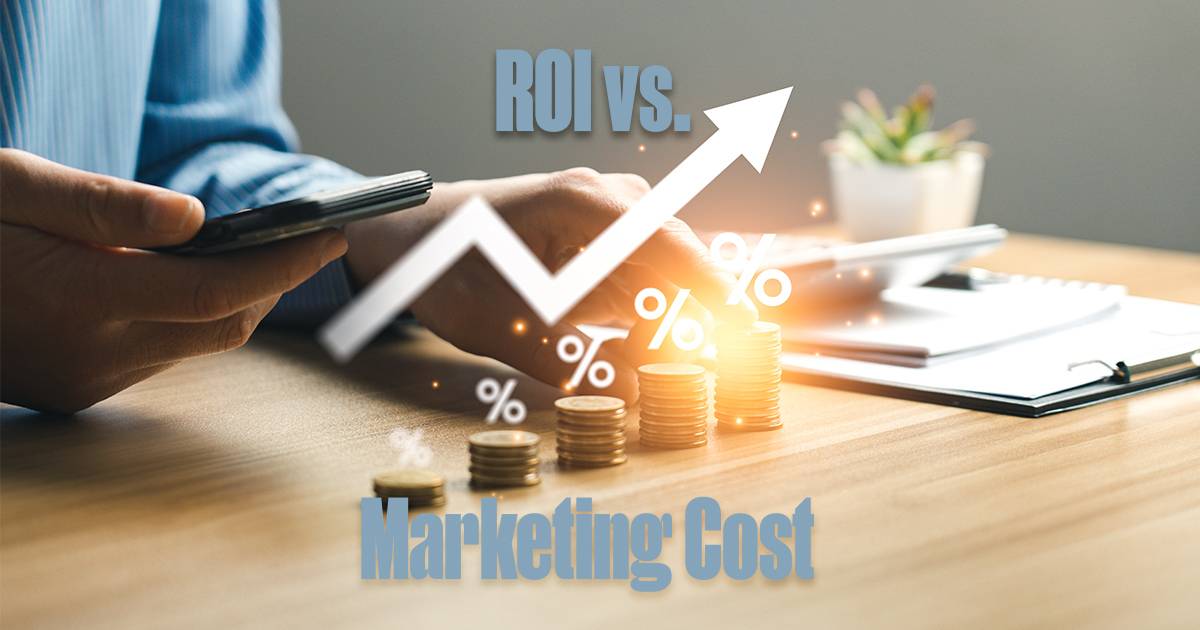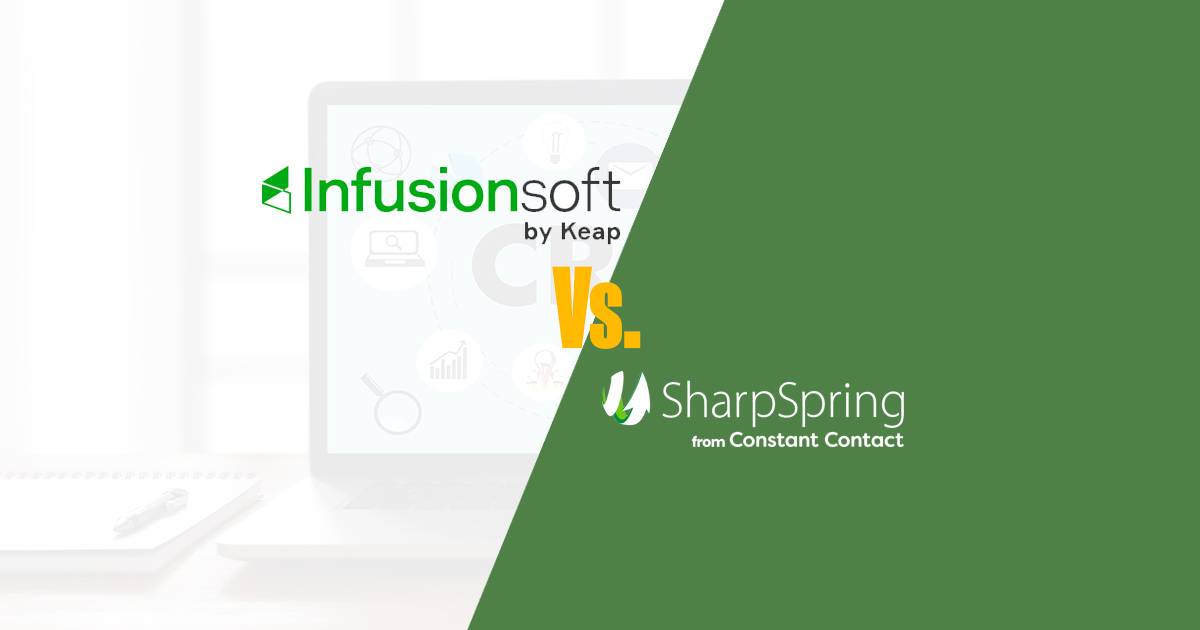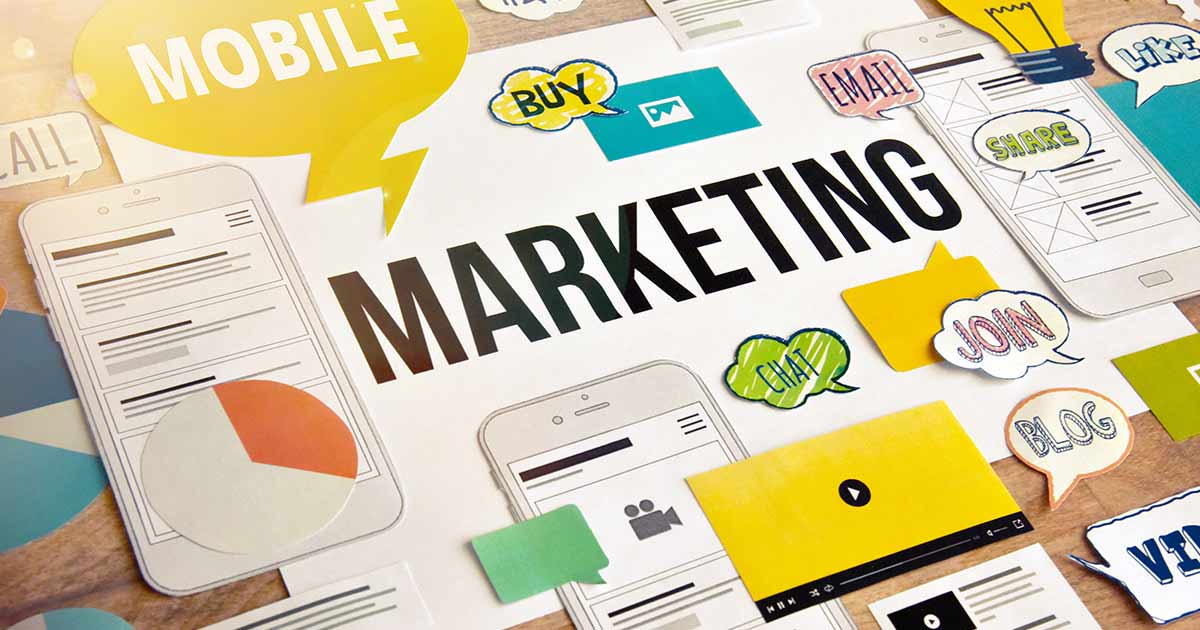Create a Digital Marketing Roadmap to Success
Identify Your Marketing and Growth Goals
If you’re asking how to grow your electrical business, the first step to achieving success is to identify your goals. You need to ask yourself questions like: How much growth do I want or need? What is my capacity for clients? Who are my ideal clients? By getting clear on your goals you’ll be able to tailor your marketing strategy to ensure you hit them.
Identify Your Ideal Client
To grow your electrical business you’ll need to also identify your ideal client. In marketing, this is often referred to as your buyer personas. Ask yourself questions such as who is most likely to buy your services, what do they need? And what are their pain points? Where do they hang out? Knowing this information will help you craft the right messaging and create content that is helpful and relevant to them. This also helps nurture them along their buyer’s journey to becoming a customer, One thing to keep in mind is that Marketing is not about you, it is about your customers, so try to avoid talking about yourself too much.
Craft Your Messaging
Messaging is a huge part of creating a good brand. Your messaging is what you say and how you say it – visually or written. It’s often the first interaction a prospect will have with your business, so tone and messaging are really important. So once you know who your ideal customer is, it’s time to craft your messaging. Consider the words you use and make sure they are in line with your ideal customer’s needs and goals. This will help create a connection between you and your target audience, leading to more sales and more customers.
Media Channels to grow your electrical business
The next step is to select your media channels.
So understanding the difference between messaging and channels is really important. Think about where your ideal customer probably spends time and what platforms they use. You’ll want to focus on those and create content tailored to each one. Often media channels such as Facebook and other social media are categorised as ‘marketing’ in people’s minds. In actual fact, these are media channels to distribute your marketing message. Other channels could include a website, blog, google ads network, radio, television, print etc.
Implement Your Plan
Finally, the most important step is to implement your plan. This involves creating actions from the plan and getting them done.
Sounds easy right? Well yes and no. Marketing a business is a massive task – and it’s a full-time job itself. As is starting and running an electrical business. (or any business for that matter) You need to decide if you need to hire a marketing person or whether you should hire a marketing agency to help you. There are pros and cons to both of course. with this and ensure that your plan is accurately executed. They can also help you measure your success and identify potential areas of improvement.








